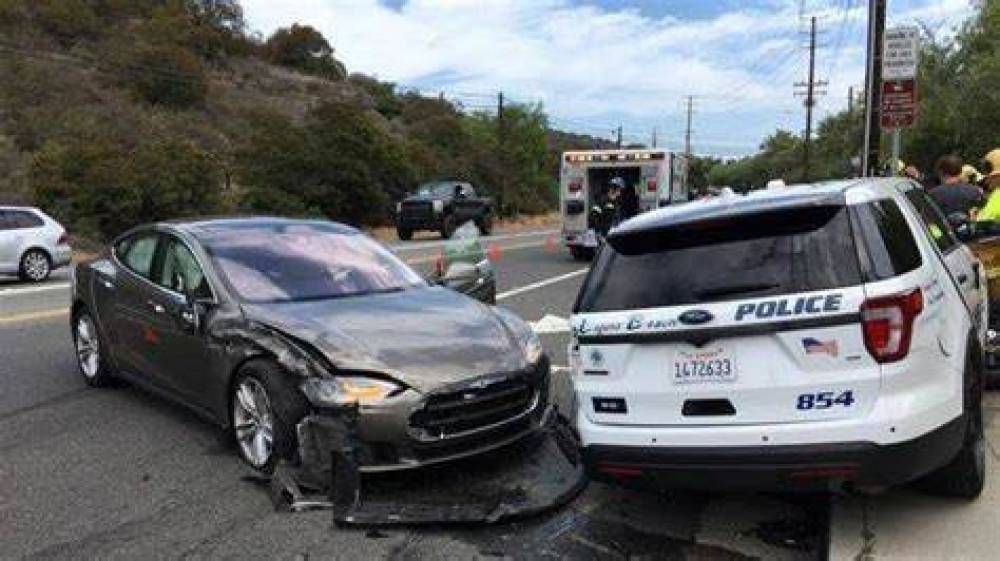
The United States Government Has Launched An Investigation Into Tesla Autopilot Crashes Involving Emergency Vehicles
The United States government has launched an investigation into Tesla Autopilot crashes involving emergency vehicles
Tesla's Autopilot software has been the subject of an investigation by the National Highway Traffic Safety Administration (NHTSA) in the United States, which was prompted by the cars' repeated collisions with parked emergency vehicles.
The National Highway Traffic Safety Administration's investigation will cover Tesla Models Y, X, S, and 3 vehicles that were manufactured between 2014 and 2021. According to the federal agency, it has recorded 11 incidents (resulting in 17 injuries and one fatality) in which Tesla vehicles equipped with Autopilot features, such as Traffic-Aware Cruise Control, have collided with stationary emergency vehicles since 2018. According to the agency, the majority of these incidents occurred after dark, with the software failing to take into consideration scene control measures such as warning lights, flares, cones, and an illuminated arrow board.
According to the NHTSA's notes, the investigation will "assess the technologies and methods used to monitor, assist, and enforce the driver's engagement with the dynamic driving task during Autopilot operation."
According to a spokesperson for the agency, the investigation is still in its early stages and is primarily focused on obtaining additional information about the incidents. As the spokesperson pointed out, the general public should be aware that there are no commercially available cars that are capable of driving themselves, and that vehicles always require a human to be in command at all times.
Several automakers, including Tesla, have been criticized for their inability to detect parked emergency vehicles when using their driving-assistance software. A 2018 report published by Wired stated that a likely reason for this is that these systems have been programmed to mostly ignore stationary objects; otherwise, they would react to a variety of items on roadside sides, ranging from signs to buildings.
More Information
According to Wired's report, both Tesla and Volvo's driving assist manuals alert drivers to the existence of this problem. “Traffic-Aware,” as Tesla describes it. For example, if you are driving at speeds greater than 50 mph (80 km/h), and a vehicle you are following moves out of your driving path and a stationary vehicle or object is in front of you instead, cruise control may not brake or decelerate for that vehicle.
The National Highway Traffic Safety Administration (NHTSA) has increased its scrutiny of Tesla in recent months as the company's Autopilot software has been the subject of an increasing number of crashes. For its marketing of the software, which frequently implies that human oversight of the vehicle is optional, many industry experts have criticized Tesla for its marketing of the software.
Earlier this year, senators urged the National Highway Traffic Safety Administration to take "corrective actions" against Tesla to prevent the misuse of its driving-assist software, and in June, the agency issued new rules requiring companies such as Tesla and Alphabet's Waymo to report any incidents involving such systems to the NHTSA.

